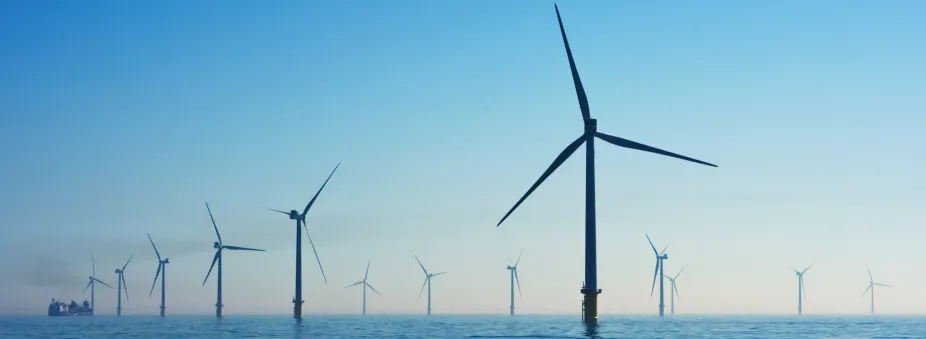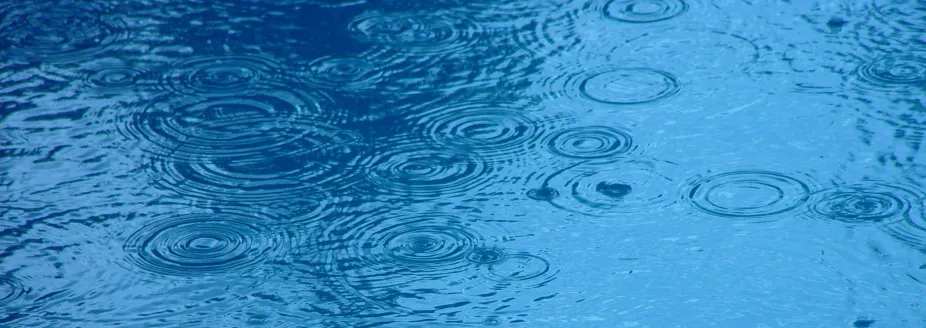Our Warming World
Since 1880, people have been measuring the temperature of the air each day in places all around the world. Today, the temperature is measured by meteorologists at weather stations, by sailors on ships, by buoys floating on the ocean, and by satellites that monitor the Earth from above. We know from these measurements that Earth is heating up. Its average temperature is 1.12°C (2°F) higher than it was in 1880.
Some places are heating more than others. For example, the Arctic is warming four times faster than other places. This is causing glaciers and sea ice around the North Pole to melt.

The picture on the left of Muir Glacier in Alaska, U.S., was taken in 1976. The photo on the right was taken at the same location in 2003. The glacier has melted so much that it can't be seen in this place. There's also less snow on the mountains even though it's the same time of year.
USGS
Why is Earth warming?
Our world is getting warmer because there are more greenhouse gases in the air like carbon dioxide (CO2). Today there is about 45% more carbon dioxide in the air than there was in 1880. Most of the extra greenhouse gases get into the air when fossil fuels are burned.

Factory smokestacks like these spew carbon dioxide greenhouse gas, which is invisible. They also release other types of harmful air pollution.
Piqsels
How will climate change in the future?
By 2040, the Earth’s average temperature will be about half a degree Celsius (C) higher (about 1°F). If we make big changes to the way we live so that we don’t release greenhouse gases into the air, our world might not warm much more than that. But if we don’t make changes, then Earth could warm more than 4°C (7.2°F) by the year 2100.

Windmills make energy without adding greenhouse gases to the atmosphere. If we can make more electricity from wind, sunshine, and other types of renewable energy, we will release less greenhouse gas and stop climate warming.
Nicholas Doherty/Unsplash
How does warming change precipitation?
As Earth warms, some places get more precipitation like rain and snow. Flooding can happen when there's too much rain. Other places get less precipitation, which can cause water shortages.

As the climate warms, some places are getting too much rain, and other places are getting too little rain.
Leon Brooks/Pixnio
What about the ocean?
The water near the top of the ocean is getting warmer as climate changes because heat from the air gets into the water. When water heats up, it expands, which makes sea levels rise. Sea levels are also rising as glaciers melt and their water is added to the ocean. Some carbon dioxide from the air gets into the water, too, which is harmful to marine life like coral reefs.
How do scientists predict future climate?
Scientists use what we know about Earth to make computer simulations called Earth system models. The models help us predict how global warming may affect our planet in dozens to hundreds of years. To get the best predictions, scientists compare many different models.